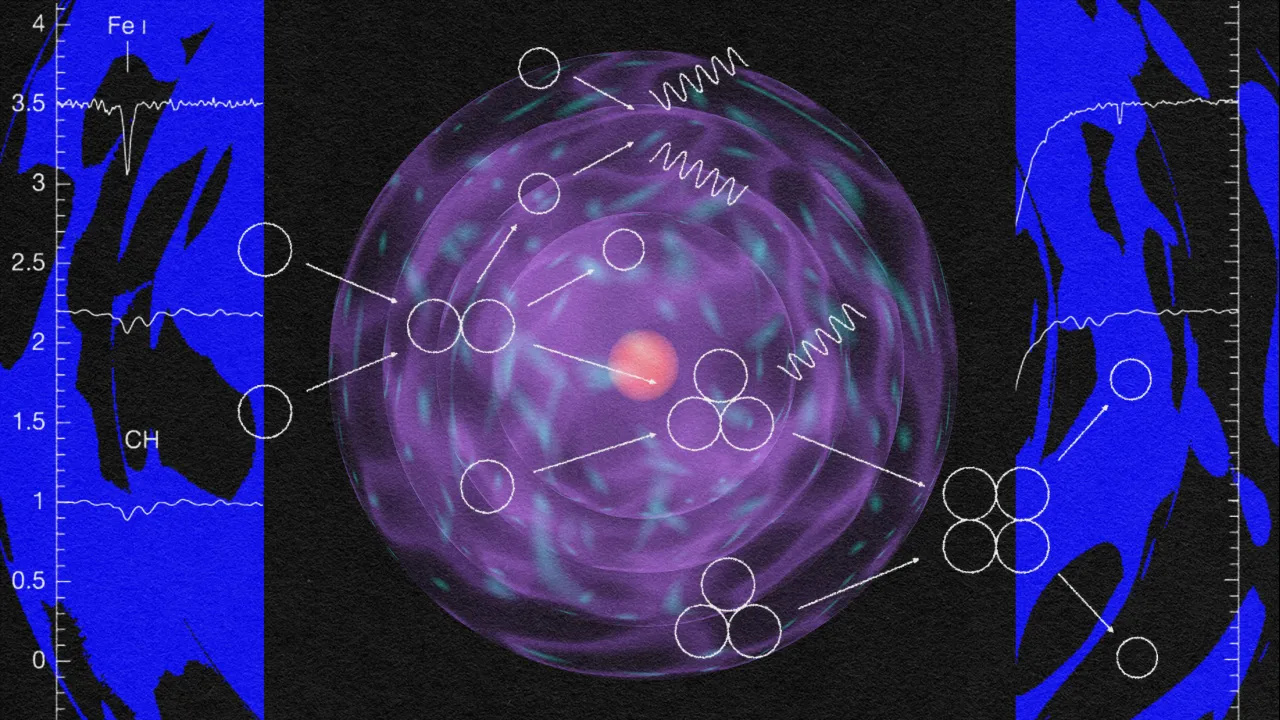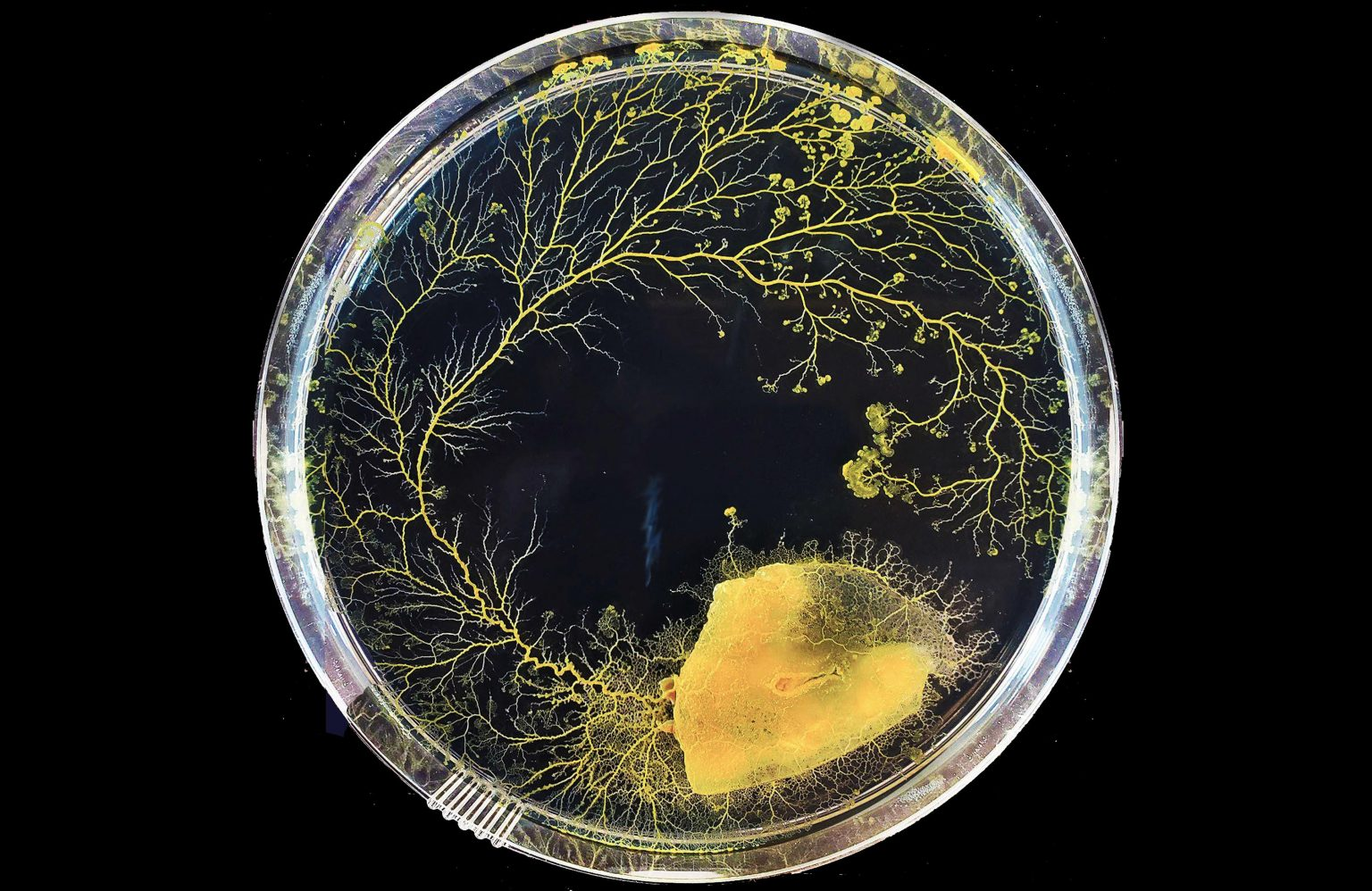Visualization shows how the turbulent plasma moves in the magnetized accretion disk corona. Credit: Jani Närhi (ScitechDaily, Solving the Puzzle of X-Ray Radiation From Black Holes)
University of Helsinki researchers made a model that explains the black hole's X-ray emission. The thing is that the researchers looked too much about the gravity of the black hole. The black hole itself pulls a magnetic field inside it at the point of the event horizon. But the plasma that surrounds the black hole can form a magnetic field.
This magnetic field makes the relativistic jet possible. The magnetic field that forms when material orbits the event horizon is the thing that forms the conditions where those X-rays can come. When particles in the magnetic field jump out from the black hole's orbiter at the point of relativistic jet impact with plasma whirling around it.
That forms a very high temperature. There are also differences in the speed of gas in the material disk. And that forms the heat. When there is some kind of whirls in the plasma. That causes whirls in the black hole's magnetic field.
The origin of that emission is in the interaction between plasma and magnetic field whirls. Those whirls in magnetic fields form friction and intensive heat near black holes. Even if black holes themselves have no visible magnetic field, the plasma ring and plasma bubble around them form a strong and intensive magnetic field that surrounds the event horizon.
The X-ray lasers can take their energy from nuclear explosions or plasma whirls.
The X-ray lasers.
The knowledge of how black holes form the X-ray emissions allows researchers to create new and more powerful X-ray lasers. Those new X-ray laser bases in the plasma whirl, that the lasers. And other EM radiation warm. Those new X-ray systems will not require a nuclear explosion. However, nuclear explosions can create the most powerful X-ray lasers. That we can imagine.
In the nuclear explosion method, the nuclear material will detonate around the tube where is plasma. The conventional X-ray system sends X-rays through that plasma. Then the system can pre-heat the plasma, and then the nuclear detonator detonates around that tube.
That nuclear detonator will inject intensive energy impulses into the plasma. In some models, the system uses a neutron bomb there is a hole for the plasma system, and the plasma system is pulled through the bomb.
Knowing how the particles interact in the plasma field when they form the X-ray emission helps to create new and powerful X-ray laser systems. In those systems, whirling plasma creates the energy level that allows to creation of a coherent X-ray beam.
The plasma forms the cylinder-looking structure around the X-ray that travels in that cylinder. The lasers or some other EM- radiation systems increase plasma energy levels so high that they can reach a temperature that is the same as the plasma temperature around black holes.
https://scitechdaily.com/solving-the-puzzle-of-x-ray-radiation-from-black-holes/











